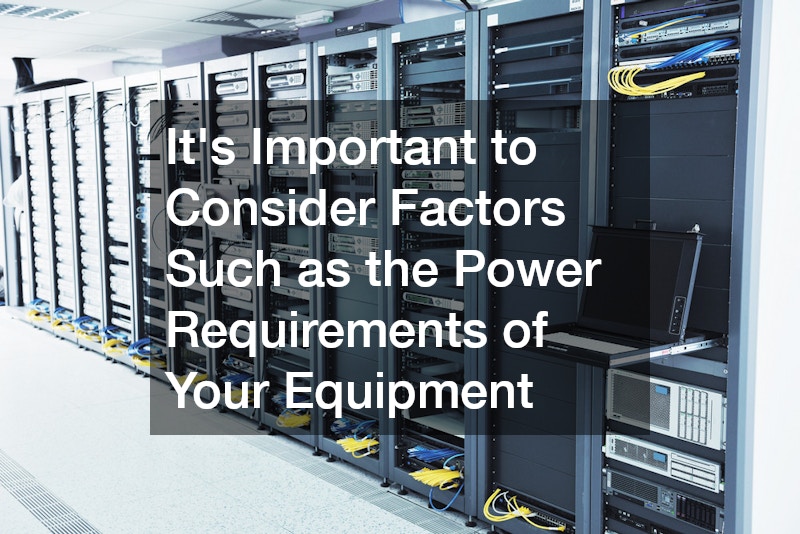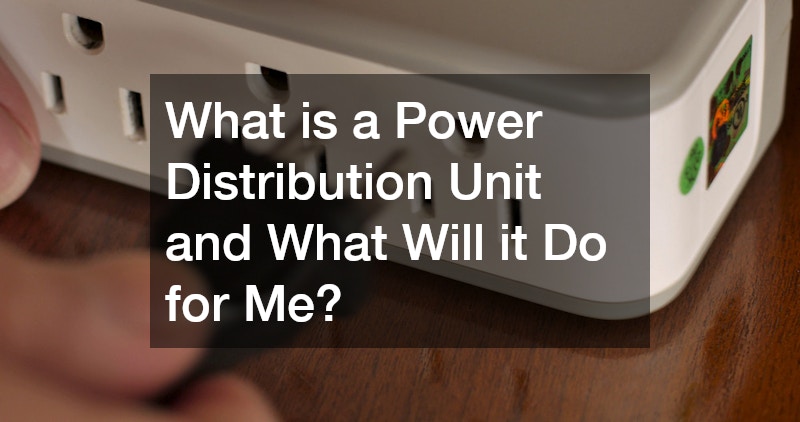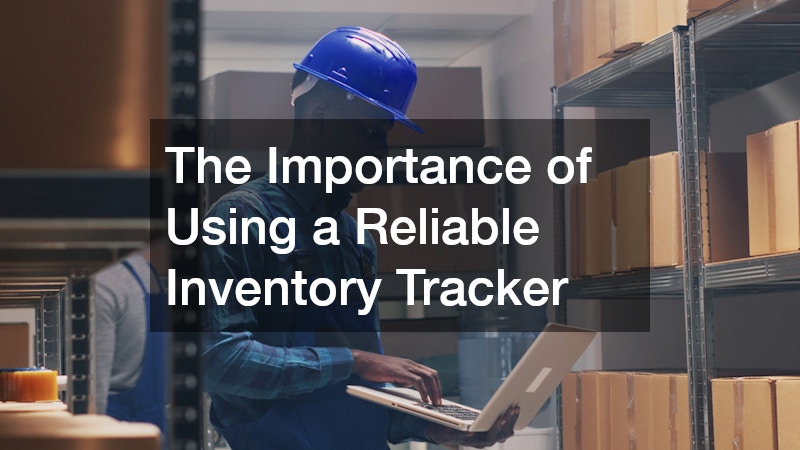Power Distribution Units (PDUs) are an essential component in managing electrical distribution in data centers and network closets. They are designed to distribute electric power to various devices and equipment, ensuring everything receives a consistent and reliable power supply. PDUs vary in complexity, ranging from basic units that simply provide outlets to advanced models offering power monitoring and control features.
Typical applications include ensuring all devices in a server rack have power, streamlining installations, and organizing cables. By incorporating PDUs into your setup, you can significantly enhance the reliability and manageability of electrical infrastructure.
There are several types of PDUs, including basic, metered, and switched units. Basic PDUs are simple and direct, providing a straightforward solution for power distribution. Metered PDUs offer additional features, such as the ability to monitor power consumption. This monitoring capability is crucial for managing energy efficiency and identifying potential power issues before they become critical. On the other hand, switched PDUs allow remote management and control of power outlets, giving administrators the flexibility to power cycle devices remotely.
When choosing a PDU, it’s important to consider factors such as the power requirements of your equipment, the space available in your rack, and your specific needs for monitoring and control. Proper selection ensures compatibility and maximizes the benefits of the PDU in your setup. Additionally, deploying a suitable PDU can contribute to overall cost savings by optimizing power consumption and reducing energy waste. Finally, by reducing the risk of overload and power failures, PDUs help maintain uninterrupted operations in critical environments.
Advantages of Using Power Distribution Units
Utilizing Power Distribution Units provides numerous benefits that enhance operational efficiency and reliability. One key advantage is the ability to optimize power usage by distributing electricity evenly across connected devices. This balanced distribution helps prevent overloading circuits, which can lead to power outages and equipment damage. Furthermore, many PDUs offer power monitoring capabilities, allowing for detailed insights into energy consumption. These insights can be crucial for identifying efficiency improvements and reducing energy costs.
Another significant advantage is the organizational benefits PDUs provide. By centralizing power distribution to a single unit, users can eliminate tangled cables and reduce clutter within data centers. This streamlined arrangement not only improves accessibility and airflow but also enhances safety by minimizing trip hazards. In addition, PDUs equipped with remote management capabilities allow for easier maintenance and troubleshooting, as administrators can remotely monitor and control power without physically accessing each device. This remote access can save time and resources, especially in large-scale settings.
PDUs also contribute to improved reliability and uptime. By ensuring a stable and consistent power supply, they help mitigate the risk of unexpected outages, which can be costly and disruptive. In environments where uptime is critical, investing in PDUs can be a strategic decision to ensure business continuity. Moreover, they can provide surge protection, safeguarding sensitive equipment from power spikes and reducing the risk of damage. Overall, integrating PDUs into your infrastructure offers a comprehensive solution for power management, enhancing both performance and safety.
Considerations When Choosing a Power Distribution Unit
Selecting the right Power Distribution Unit requires a careful evaluation of several key factors. First, it’s essential to assess the power needs of your equipment to ensure the PDU can deliver adequate supply. This involves calculating the total power demand and selecting a PDU with a capacity that meets or exceeds this requirement. Additionally, considering features like surge protection and power monitoring can further enhance the functionality of the unit. It’s also important to evaluate how many outlets you need and ensure the PDU can accommodate all the devices in your setup.
The physical environment where the PDU will be deployed also plays a role in the selection process. Consider the space constraints of your rack or equipment room and choose a PDU that fits appropriately. The orientation and mounting style—whether vertical or horizontal—can influence airflow and accessibility in the rack, so it’s crucial to select a design that complements your setup. Another factor is the level of control you require; for instance, if remote power management is necessary, a switched PDU may be preferable. Analyzing these elements will aid in selecting a PDU that aligns with your operational needs.
Lastly, budget considerations should not be overlooked. While more advanced PDUs with comprehensive features may require a higher initial investment, they can offer significant long-term savings through increased efficiency and reduced downtime. It’s important to weigh the upfront costs against the potential benefits, including energy savings and enhanced performance. By factoring in these considerations, you can make an informed decision that will provide the greatest return on investment. Ultimately, the right PDU will not only meet your current operational demands but also support future growth and adaptation.




